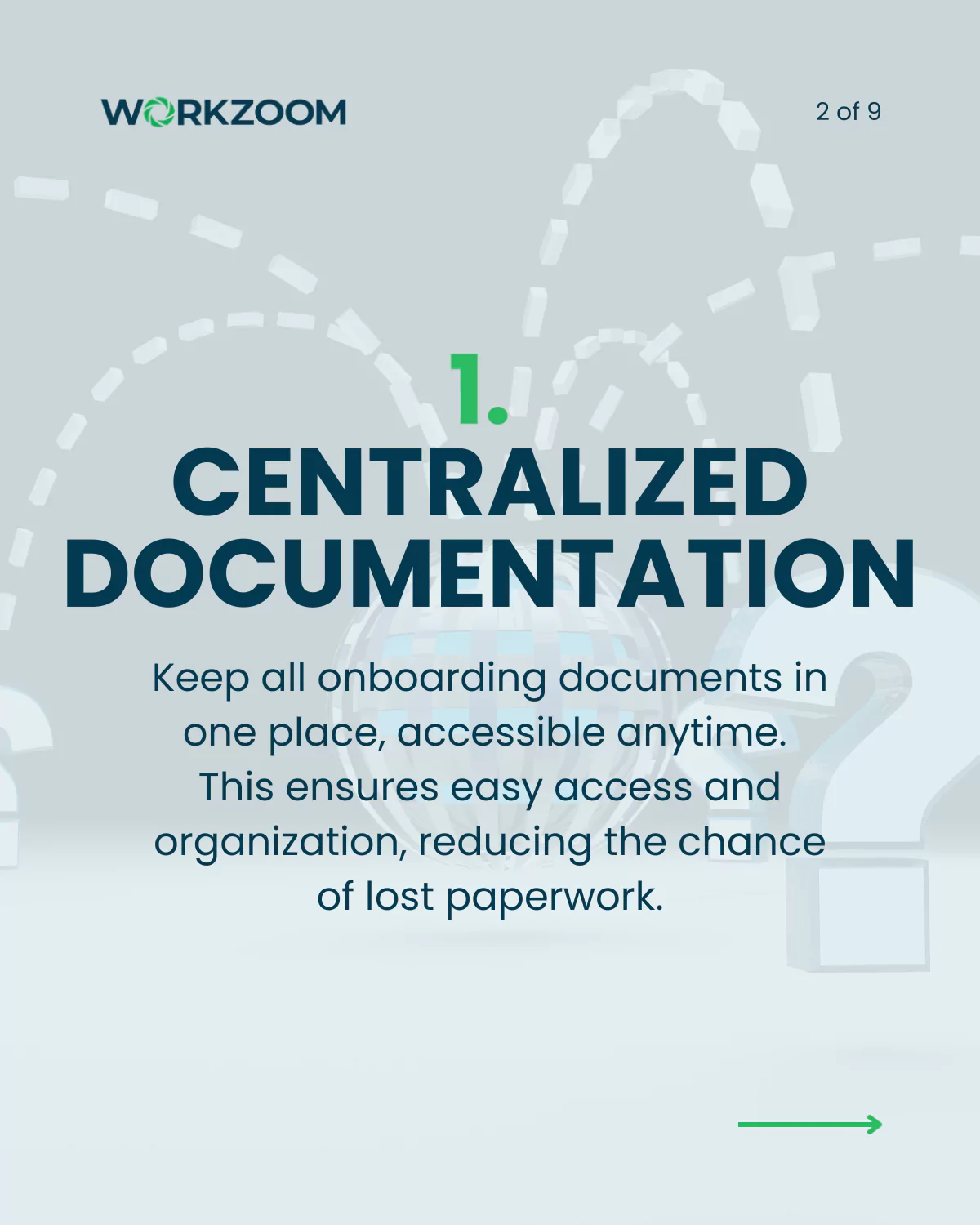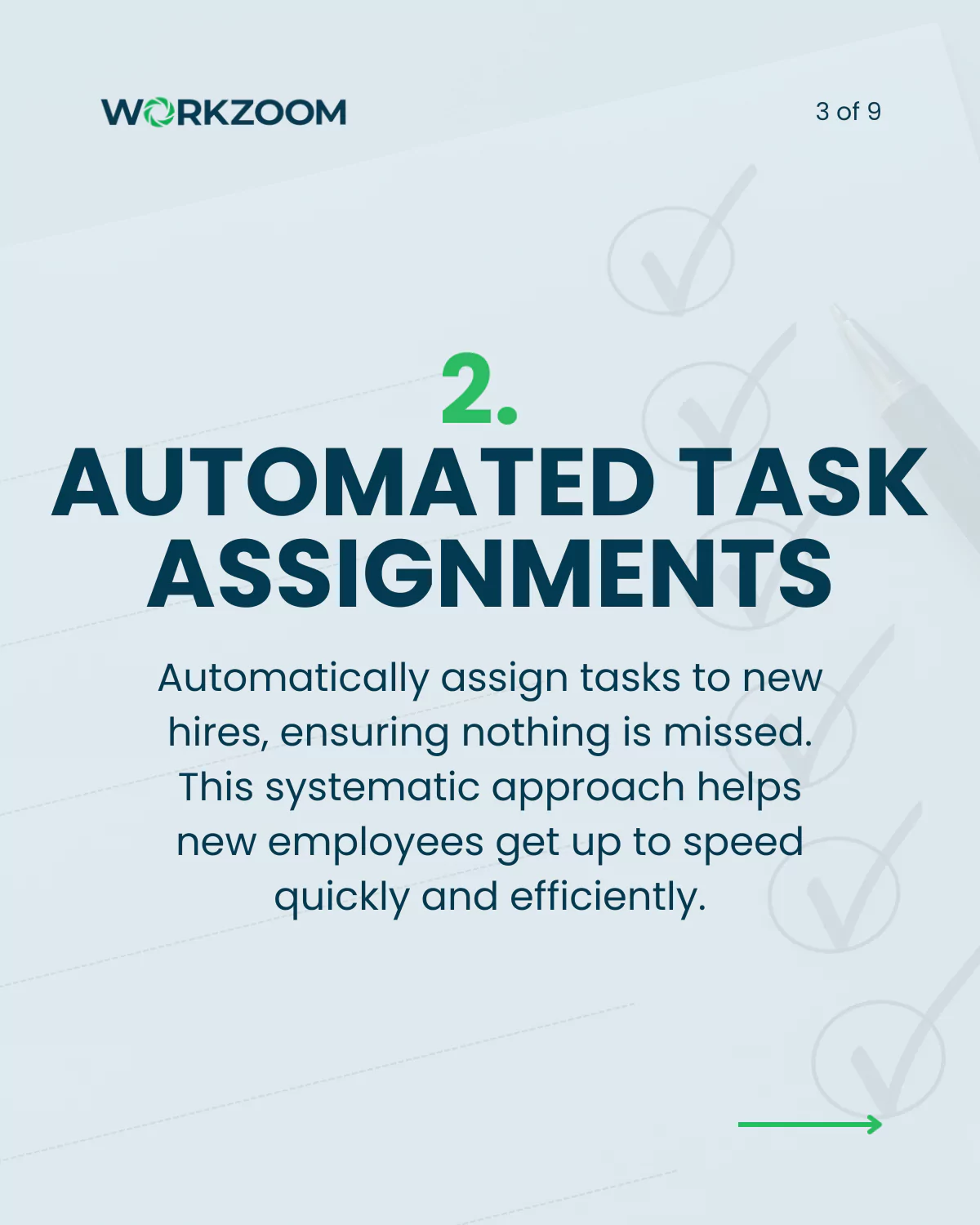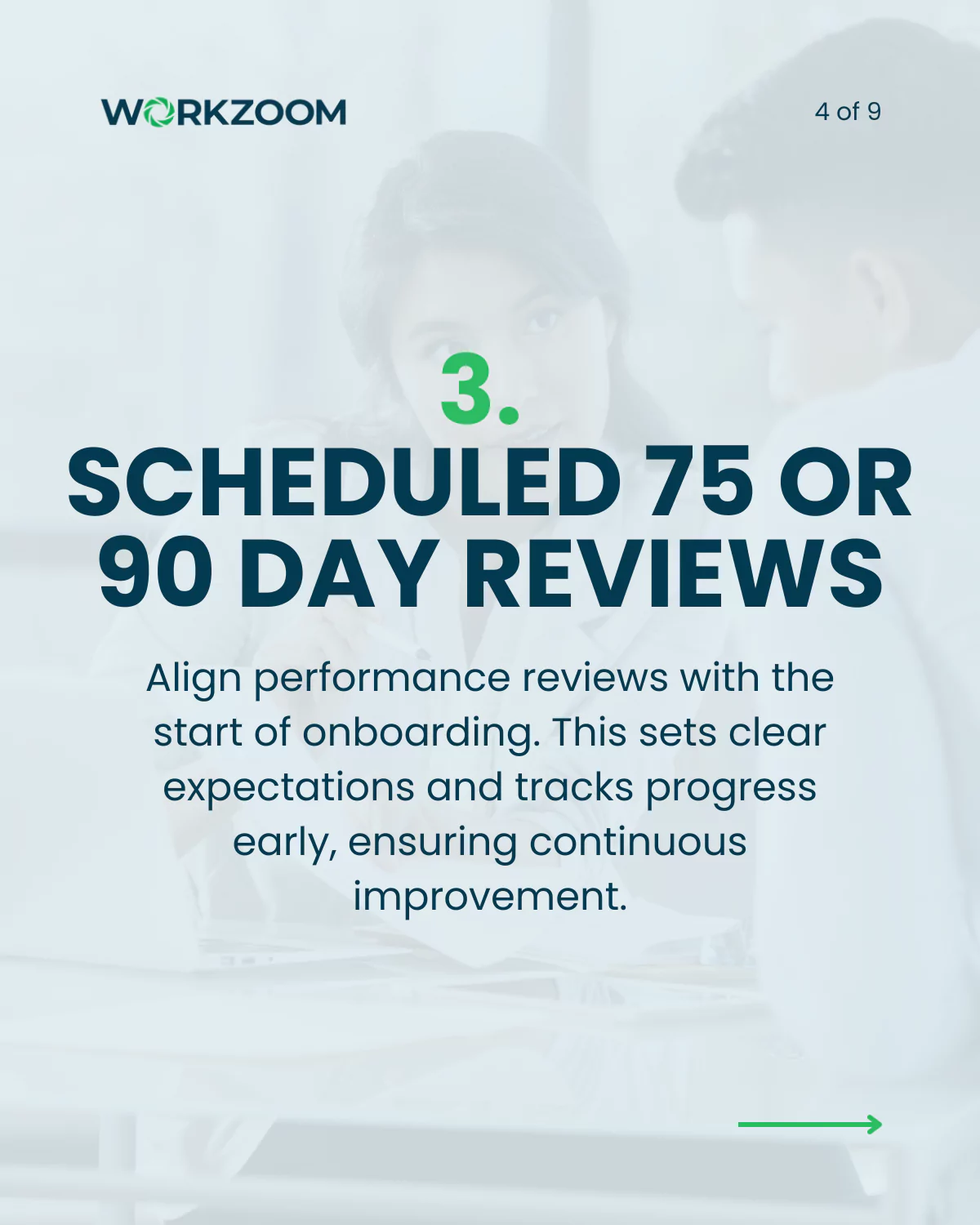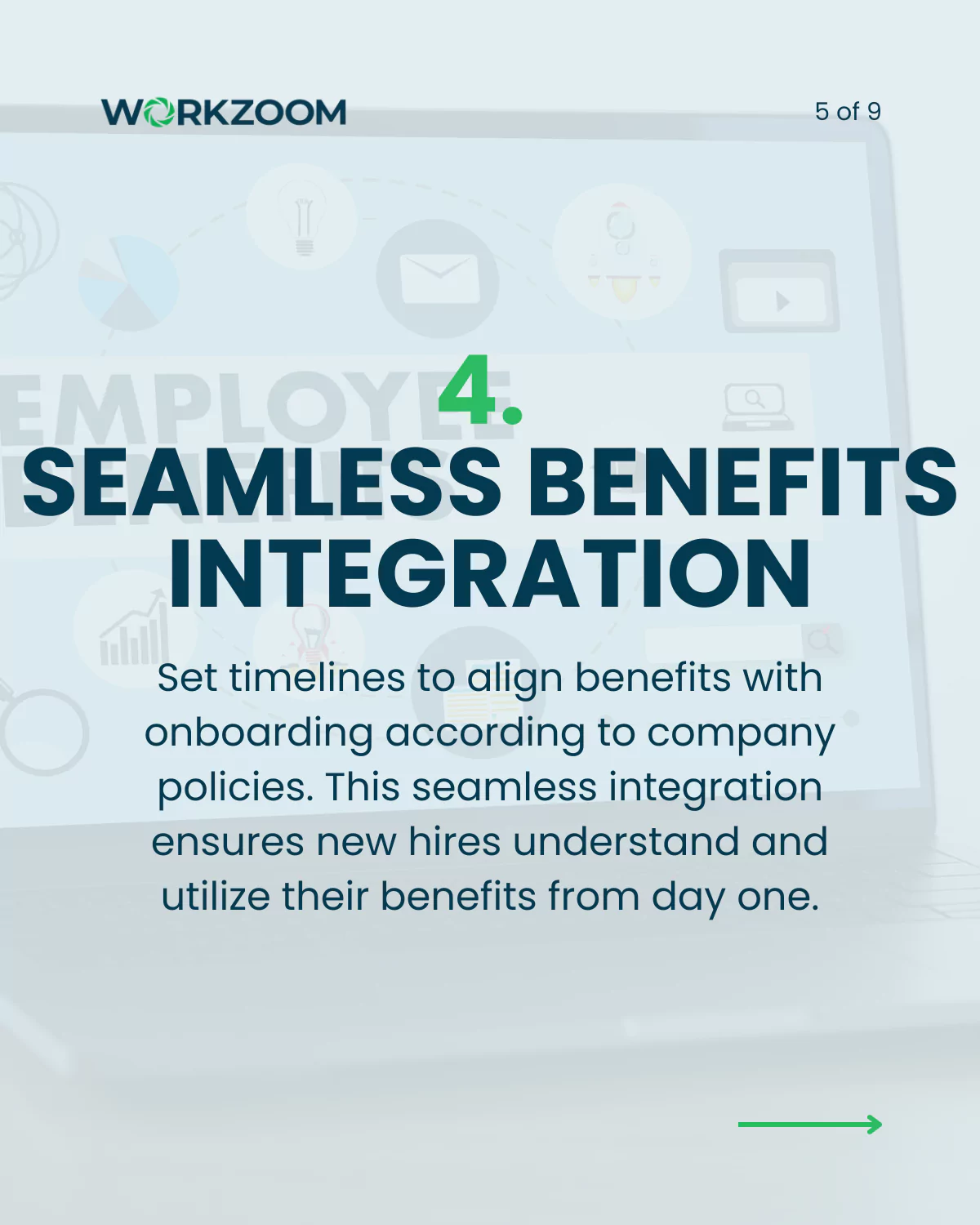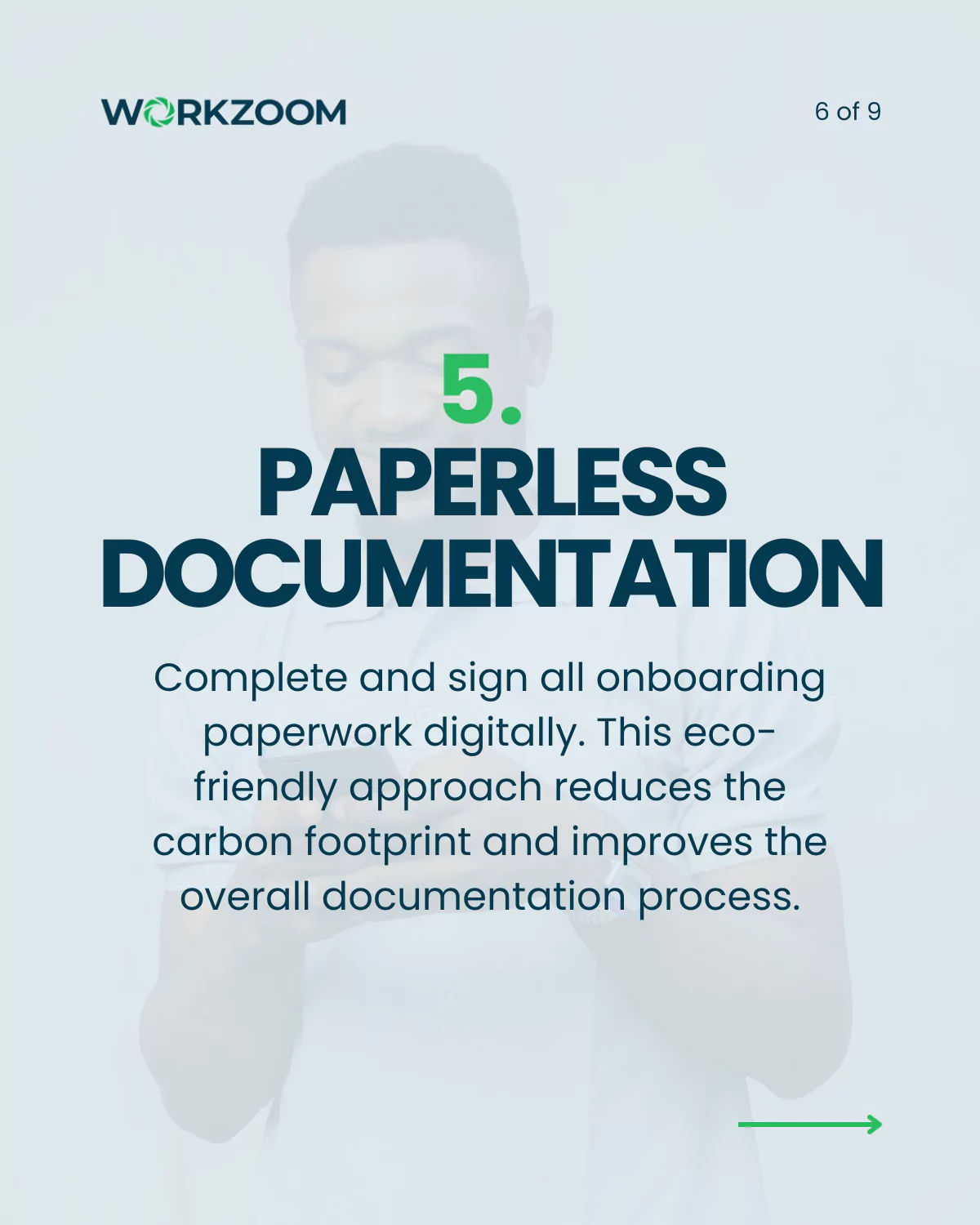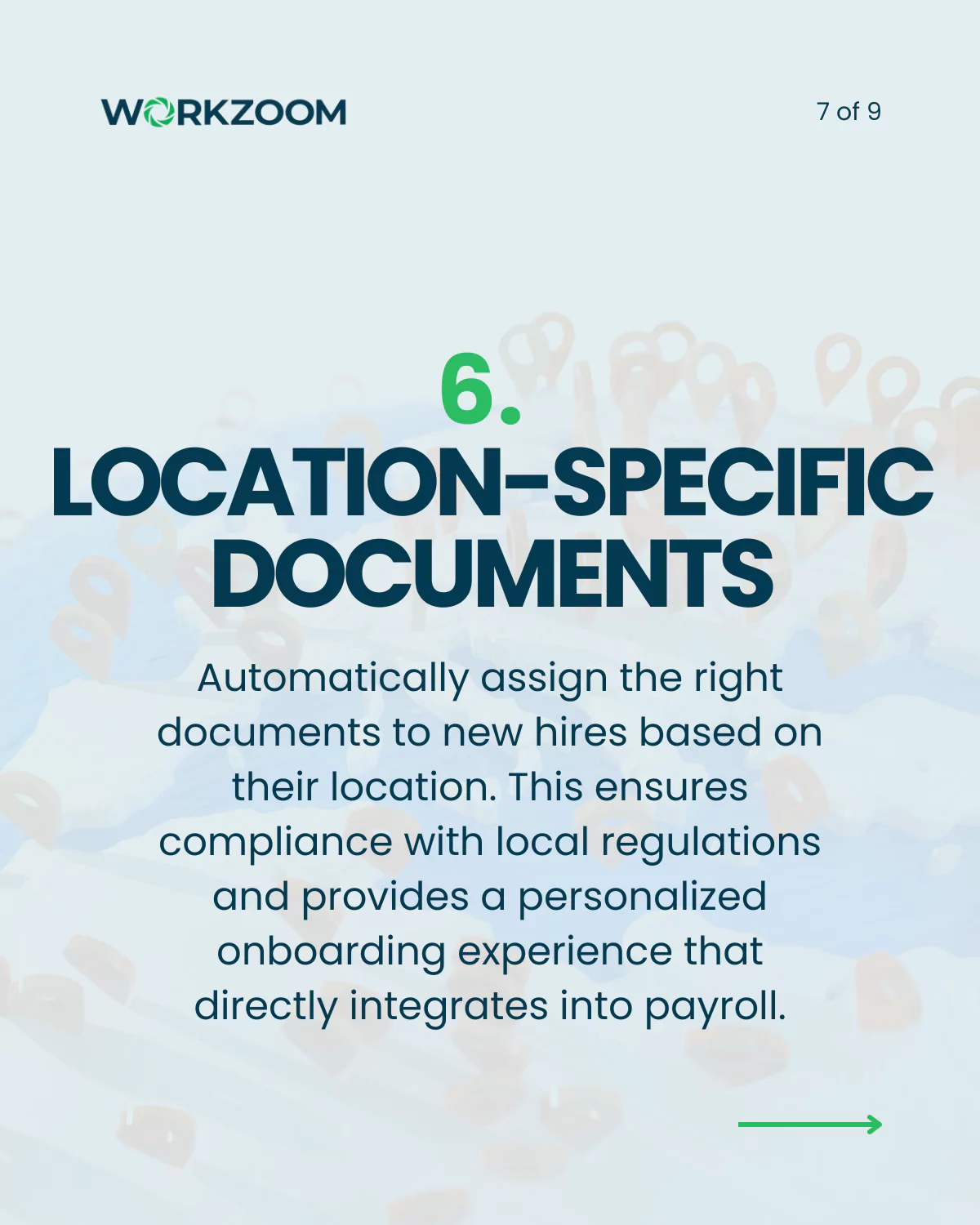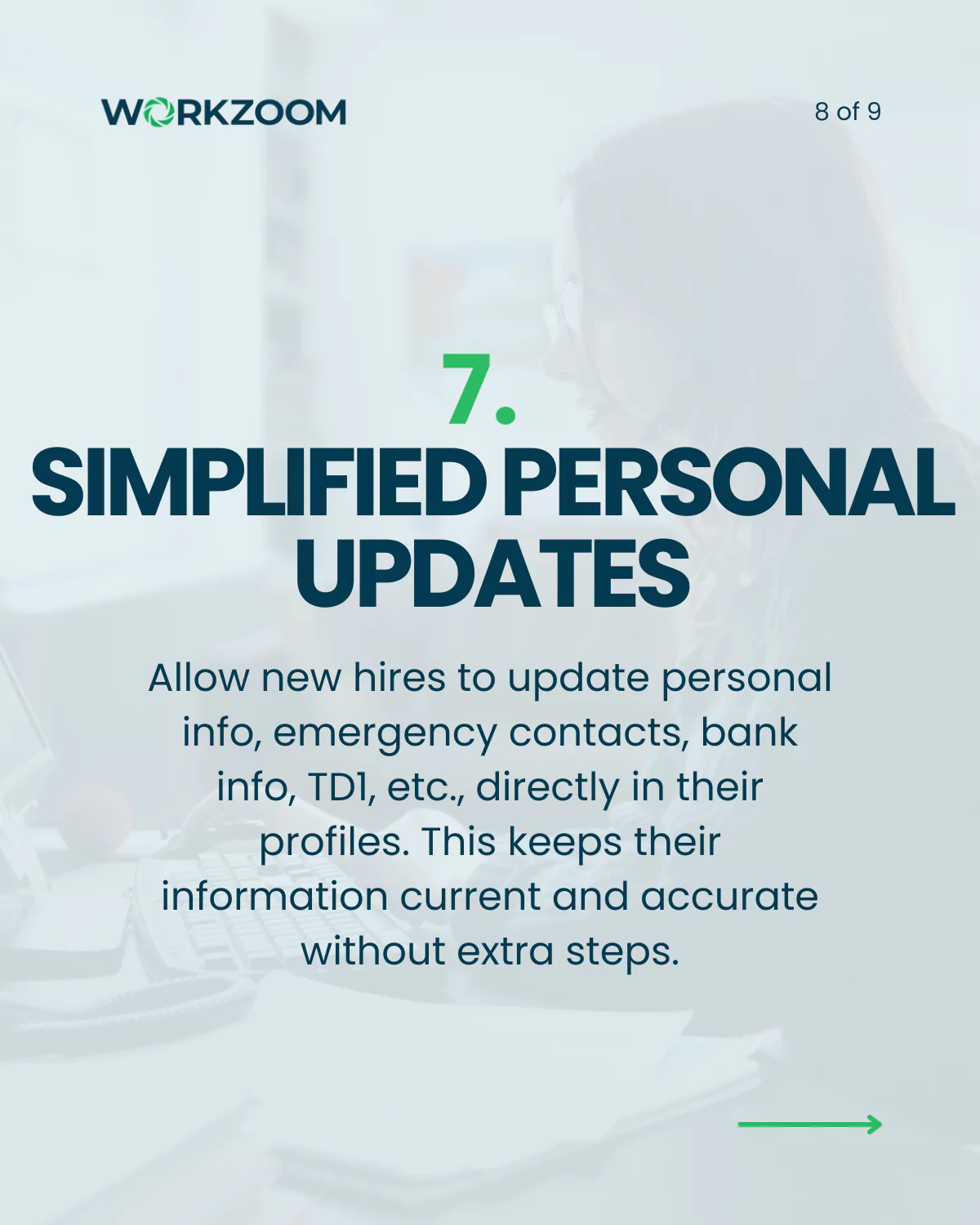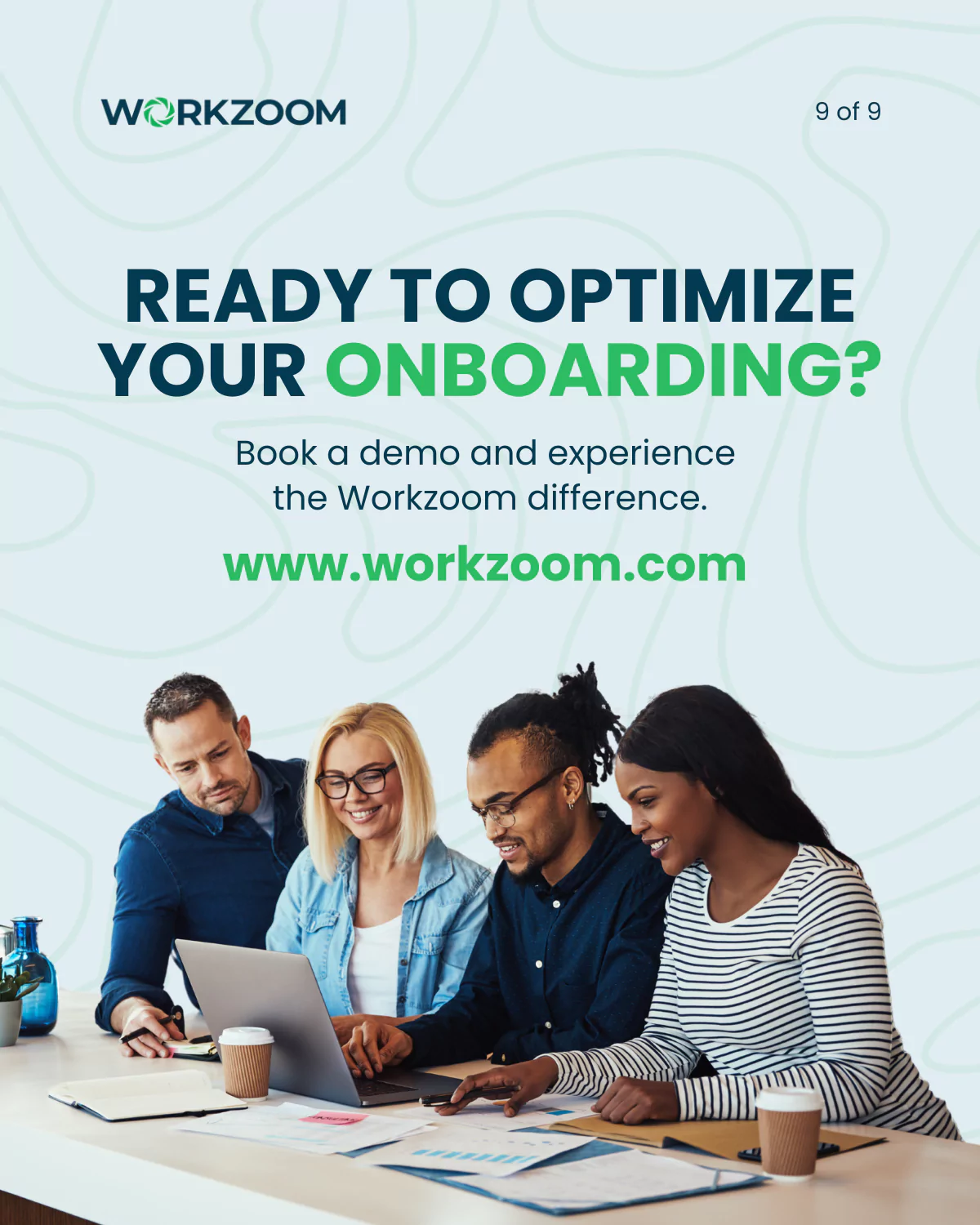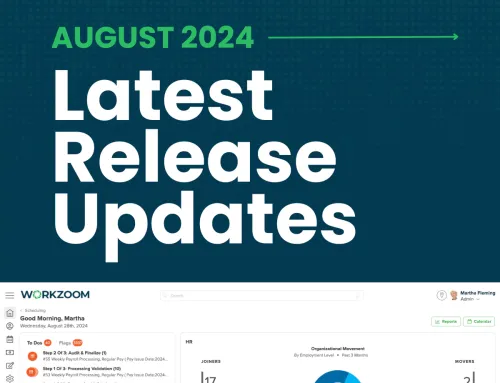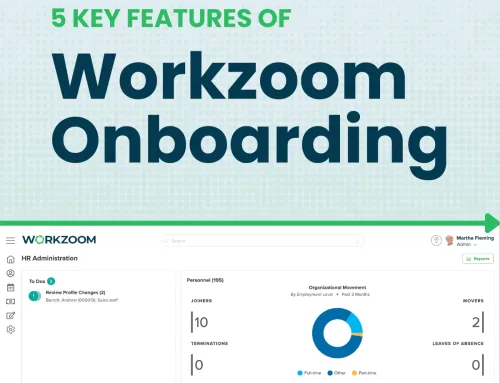Onboarding is a critical process that sets the tone for a new hire’s experience with your company. A smooth and efficient onboarding process can lead to higher employee satisfaction, better retention rates, and a quicker path to productivity. This is where Human Resource Information Systems (HRIS) come into play. By integrating technology into onboarding, HRIS simplifies the entire process, making it more organized, efficient, and engaging. Here’s how HRIS solutions can make onboarding a breeze.
Why Software for Onboarding?
Using HRIS for onboarding isn’t just about keeping up with technological trends—it’s about transforming the onboarding experience into a seamless and efficient process. HRIS software reduces the administrative burden on HR teams, improves compliance with legal requirements, and ensures that new hires transition smoothly into their roles. The result? Less paperwork, fewer errors, and a more engaging onboarding process that leaves a positive first impression.
1. Centralized Documentation
One of the most significant challenges in onboarding is managing the multitude of documents new hires need to complete. HRIS solutions centralize all necessary documentation, making it easily accessible to both HR and new employees. Whether it’s contracts, tax forms, or company policies, everything is stored in one place. This organization not only reduces the risk of lost paperwork but also ensures that all documents are readily available whenever needed.
2. Automated Task Assignments
Onboarding involves a series of tasks that must be completed to get new hires up to speed. HRIS systems automate these task assignments, ensuring that nothing falls through the cracks. New employees receive a clear list of tasks, with deadlines, helping them understand what needs to be done and by when. This systematic approach speeds up the onboarding process and allows new hires to quickly integrate into their roles.
3. Advanced Scheduling of 75/90-Day Reviews
Performance reviews are crucial in assessing a new hire’s progress and ensuring they are on the right track. With HRIS, you can schedule 75/90-day reviews as part of the onboarding process. This early alignment of expectations helps track progress from the start and provides a structured timeline for continuous improvement. By setting these reviews in advance, both the employee and the employer are clear about the goals and expectations during the initial months.
4. Seamless Benefits Integration
Understanding and enrolling in company benefits can be confusing for new hires. HRIS systems simplify this process by integrating benefits enrollment directly into the onboarding workflow. Timelines are set to align benefits with the onboarding schedule, ensuring that new hires are fully aware of their options from day one. This seamless integration helps new employees make informed decisions about their benefits and ensures they can utilize these resources immediately.
5. Location-Specific Document Assignment
Compliance with local regulations is a must, especially for companies with multiple locations. HRIS solutions can automatically assign the appropriate documents to new hires based on their location. This ensures that all necessary legal requirements are met and provides a personalized onboarding experience. Additionally, this feature integrates directly with payroll, ensuring that new hires’ paperwork is compliant and processed correctly.
6. Paperless Documentation
Gone are the days of printing, signing, and scanning piles of paperwork. HRIS enables a completely paperless documentation process, where new hires can complete and sign all necessary forms digitally. This eco-friendly approach not only reduces the company’s carbon footprint but also streamlines the documentation process, making it faster and more efficient. With everything stored digitally, documents are easier to manage, retrieve, and update.
7. Effortless Personal Information Updates
Keeping personal information up-to-date is essential for both HR and employees. HRIS allows new hires to update their personal information—such as emergency contacts, bank details, and tax forms—directly in their profiles. This self-service feature ensures that all information is accurate and current without requiring extra steps from HR. It also empowers employees to take control of their personal data, making the onboarding process more personalized and efficient.
Continuous Support
Onboarding doesn’t end after the first week. HRIS ensures ongoing support and regular check-ins throughout the first few months. This continuous support helps new hires feel more comfortable and supported in their new roles, leading to a more positive experience and better long-term retention. Regular follow-ups allow HR to address any concerns early on and ensure that new employees are fully integrated into the company culture.
Conclusion
HRIS solutions are more than just a convenience—they’re a game-changer for the onboarding process. By centralizing documentation, automating tasks, integrating benefits, and providing continuous support, HRIS makes onboarding efficient and engaging for both HR teams and new hires. Investing in HRIS for onboarding not only improves compliance and reduces administrative work but also sets new employees up for success from day one.


